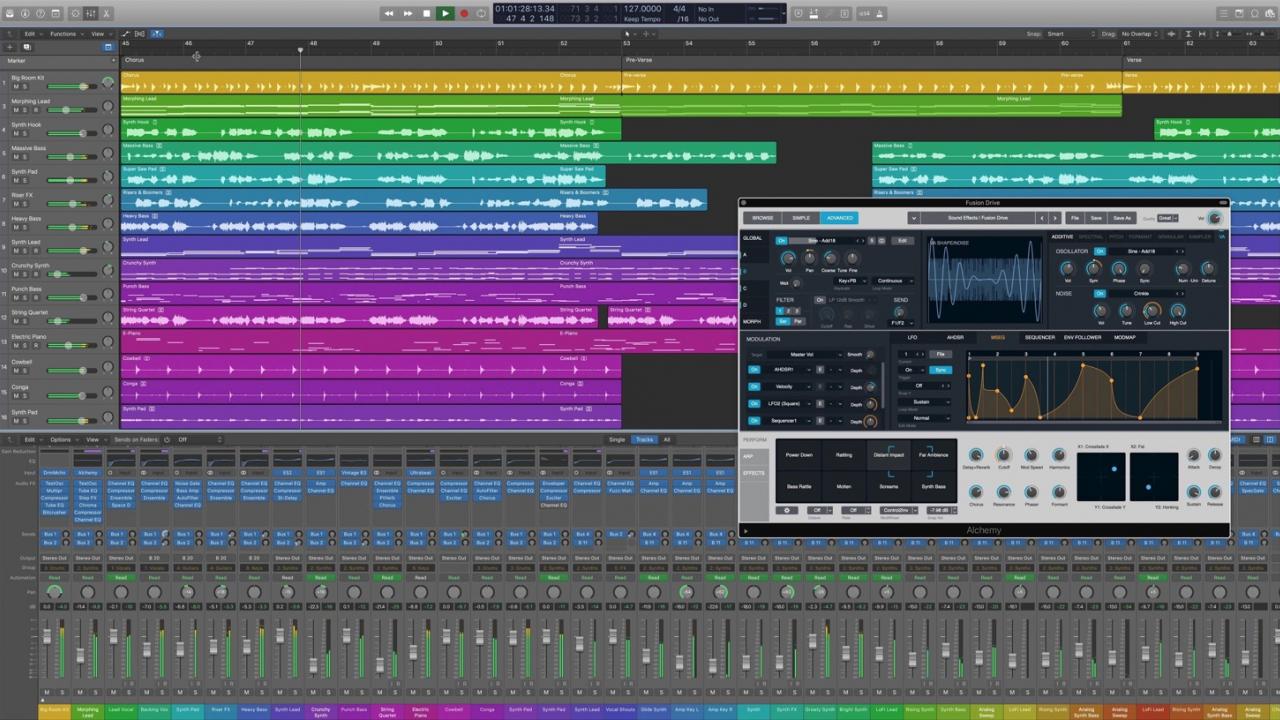
No matter what sampling rate you’re using, if you export the edited/mastered files out of it they will always be at 44.1k. You will notice with Waveburner that it works no matter what the sampling rate of the files you import is, and there is no option to turn the SRC on or off.

Waveburner was designed to be easy to use, just like iMovie and so on, and that means removing technical decisions that the average Joe could make a mess of. Then it dawned on me that it was using a permanent SRC - the same as the old stand-alone CD-Recorders were doing on their digital inputs to ensure that the final signal is at 44.1k. It’s even in use at 44.1k as far as I can tell, because its artifacts are there.Īfter I’d edited/mastered a few different CDs on Waveburner I noticed a consistent ‘graininess’ and ‘dryness’ to the sound that was always there in the CD master but not in the original files - no matter what the source material was recorded with. It wasn’t a very good SRC, either, and you couldn’t turn it off. I loved the ease-of-use of Waveburner’s checker-boarding layout but I hated the fact that it was applying an SRC at all times, no matter what sampling rate you were using.

I chose it when I lost faith in Waveburner. It burns excellent CDs and solid reliable DDP masters, and they have a utility program that can open and play the DDP master as if it is a CD.

might have just been Audiofile !!!It used to be called Wave Editor, then they re-designed it as Triumph with a far better user interface.


 0 kommentar(er)
0 kommentar(er)
